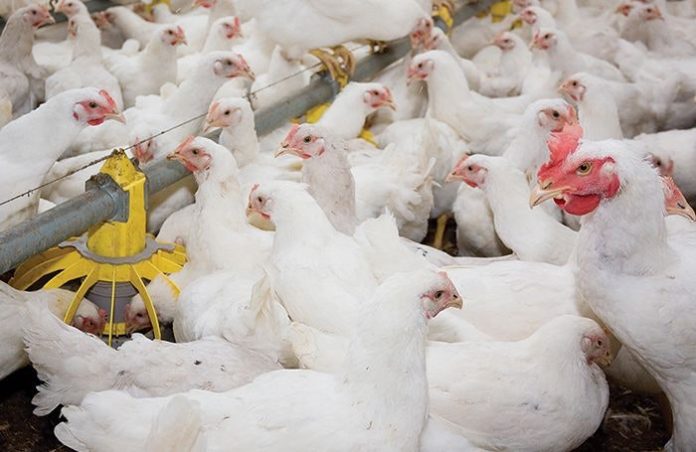🔥E- book offer of the day: 👉👉 Poultry farming business report Volume 5
12 ways to implement a health monitoring program for your poultry layer
1. **Regular Veterinary Examinations:**
 Learn More
Learn More– Schedule routine veterinary check-ups to assess the overall health of your layer flock. A veterinarian can identify potential issues, provide vaccinations, and recommend preventive measures.
2. **Egg Production Monitoring:**
– Keep a close eye on egg production rates. Sudden declines may indicate health issues or stress. Consistent monitoring allows for early intervention.
3. **Feed Quality and Composition:**
– Ensure a balanced and high-quality feed. Regularly check feed composition to meet the specific nutritional needs of laying hens, supporting optimal egg production and overall health.
4. **Body Condition Scoring:**
– Implement a body condition scoring system to evaluate the physical condition of layers. This involves assessing factors like feather quality, body weight, and overall appearance.
Invest in this knowledge-packed ebook promptly. 👉 33 fundamentals for poultry layer production management
5. **Flock Behavior Observations:**
– Regularly observe the behavior of the layer flock. Changes in behavior, such as aggression or reduced activity, could signal stress, disease, or environmental issues.
READ ALSO 15 Elements of poultry broiler farming success at your fingertips
6. **Egg Quality Checks:**
– Monitor egg quality, including shell integrity and yolk consistency. Changes in egg quality may indicate nutritional deficiencies or health problems in the flock.
7. **Parasite and Disease Control:**
– Implement a robust parasite and disease control program. Regularly check for external parasites and ensure vaccinations are up-to-date to prevent common poultry diseases.
8. **Lighting Management:**
– Manage lighting schedules to optimize egg production. Proper lighting stimulates reproductive hormones, contributing to consistent egg-laying patterns.
9. **Nest Box and Litter Quality:**
– Maintain clean and comfortable nest boxes with appropriate litter. A hygienic laying environment reduces the risk of bacterial contamination and supports overall layer health.
READ ALSO 9 ways to quickly manage cash flow problems in your poultry broiler business
10. **Water Quality Assurance:**
– Ensure access to clean and uncontaminated water. Hydration is crucial for egg production and overall well-being, making water quality monitoring essential.
Purchase this compelling ebook instantly. 👉👉21 most important poultry diseases with prevention, control & treatment
11. **Biosecurity Protocols:**
– Establish strict biosecurity measures to prevent disease introduction. Limit access to the facility, use disinfection protocols, and enforce hygiene practices for staff and visitors.
ATTENTION: Click “HERE” to join our WhatsApp group and receive More updates directly on your WhatsApp!
12. **Record-Keeping:**
– Maintain detailed records of health-related data, egg production rates, feed consumption, and any observed abnormalities. This information aids in trend analysis and facilitates informed decision-making for flock management. Regular record reviews help identify patterns or issues that may require attention.
🧩CREATED BY DR JOSEPH DEJI-FOLUTILE















